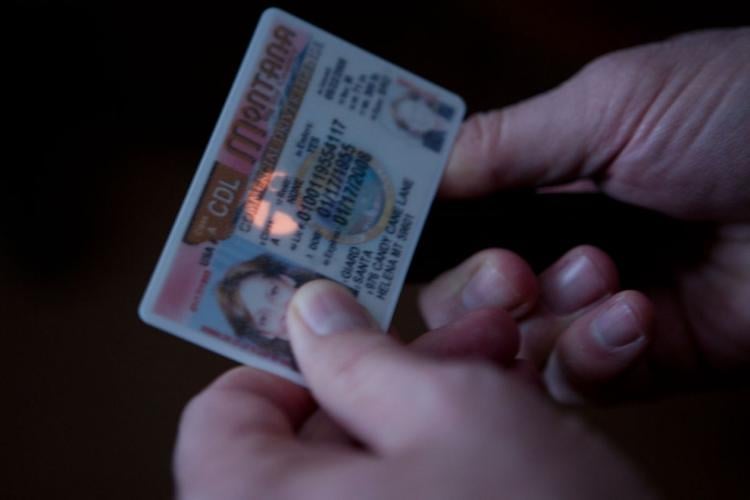A Server May Seize Any Identification Presented By a Person That is Fake, so Long As
Intoduction
“A server may seize any identification presented by a person that is fake, so long as” In the ever-evolving landscape of technology and online interactions, the issue of fake identification has become a pressing concern for digital platforms and servers. As a response to the rising instances of identity fraud, many servers have implemented measures to seize any identification presented by a person that is suspected to be fake. However, the legality and ethical implications of such actions are subjects of intense debate. This article explores the multifaceted aspects of this issue, analyzing the reasons behind the practice, its legal standing, and the potential impact on individual privacy.
I. The Pervasiveness of Fake Identification:

The internet has provided a platform for individuals to engage in a variety of activities, from socializing and shopping to banking and business transactions. With this increased online presence, there has been a corresponding surge in the use of fake identification. Whether for accessing age-restricted content, participating in online communities, or even conducting illicit activities, individuals may resort to presenting false information about their identity.
II. The Motivation Behind Seizing Fake Identification:
A Servers and digital platforms often find themselves at the forefront of the battle against identity fraud. Seizing fake identification is seen as a proactive measure to protect users and the platform itself from potential harm. By verifying the authenticity of user information, servers aim to create a safer online environment, preventing unauthorized access and malicious activities.
III. Legal Considerations:

The legality of seizing fake identification is a complex matter that varies across jurisdictions. While some regions explicitly permit servers to take such actions, others have stringent laws protecting individual privacy. This section delves into the legal framework surrounding the seizure of fake identification, exploring case studies and precedents that have shaped the current landscape.
IV. Balancing Security and Privacy:
The tension between security and privacy is at the heart of the debate surrounding the seizure of fake identification. On one hand, servers argue that it is essential to safeguard users and maintain the integrity of their platforms. On the other hand, privacy advocates raise concerns about potential overreach, arguing that individuals have the right to control the information they share online.
V. Ethical Dilemmas:

Beyond legal considerations, the ethical implications of seizing fake identification cannot be ignored. This section explores the ethical dilemmas faced by servers, examining questions of proportionality, transparency, and accountability. It also considers the potential impact on marginalized communities and the risk of discrimination based on erroneous identification seizures.
VI. Technological Solutions:
As technology continues to advance, there are alternative methods for addressing the issue of fake identification. This section explores the role of artificial intelligence, biometrics, and other emerging technologies in providing more accurate and less invasive means of identity verification.
VII. Future Perspectives:

The landscape of online identity verification is likely to evolve in response to legal, ethical, and technological advancements. This section speculates on potential future developments, considering the impact of regulatory changes, societal attitudes, and technological innovations on the practice of seizing fake identification.
Conclusion:
In the complex and interconnected digital world, the seizure of fake identification by servers raises crucial questions about the balance between security and privacy. While the need to combat identity fraud is evident, the methods employed must be ethically and legally sound. As we navigate this intricate terrain, it is essential to establish a framework that protects both individuals and the integrity of online platforms, fostering a secure and respectful online environment for all.

